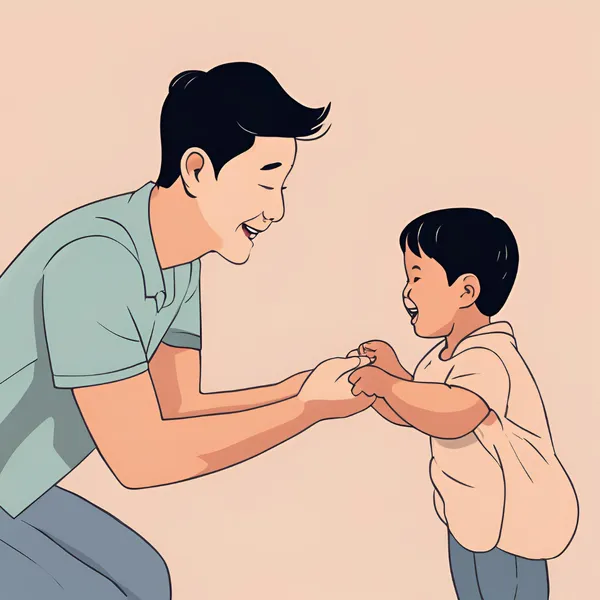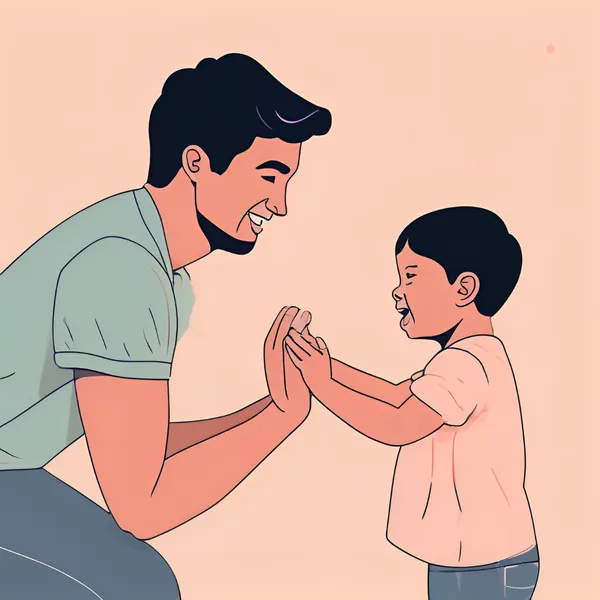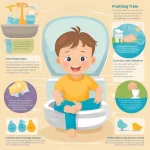Toddlerhood can be described as an age of development where many changes occur and is full of exciting achievements and occasionally problematic behaviours. Among these, toddler hitting and biting are common occurrences that can leave parents feeling frustrated and concerned.
Many of these actions are typical for children of that age, but realising the causes and providing the appropriate interventions is essential for promoting healthy interactions in the case of a child.
This article can be considered a detailed manual on addressing such issues with understanding, persistence, and emphasis based on understanding others’ emotions and desire to follow the rules.
Why Do Toddlers Hit and Bite?

Every toddler must understand that communication and emotional regulation are still part of the developmental process. Hitting and biting are often manifestations of their inability to express themselves effectively. Here are some common reasons behind these behaviours:
Limited Communication Skills:
Toddlers have a limited vocabulary and struggle to articulate their needs and feelings.
Exploration and Sensory Exploration:
Most of the time, babies are in touch with the world through their feelings and tastes. Biting, in some cases, can be a form of sensory exploration, especially during teething.
Testing Boundaries:
Twos, especially toddlers, always push for more privileges and explore cause and effect. Children use physical aggression to test how others or the social environment responds, including through physical punishment.
Imitation:
As a result of observation, children make copies of what they see and hear from other people. They may replicate these actions if they witness hitting or biting, even on television or among other children.
Over-stimulation or Frustration:
Often, when a toddler feels overstimulated, tired, or frustrated, they find physical aggression the only best way out.
Seeking Attention:
If they find that hitting or biting gets a strong reaction from caregivers, they may repeat the behaviour to elicit that response.
Positive Discipline Strategies
Responding to hitting and biting with positive discipline is essential for teaching children appropriate behaviour and fostering healthy emotional development. Here are some effective strategies:
Immediate and Consistent Response:
Specifically, your reaction must be swift and uniform when your child throws a punch or sinks their teeth into someone. This way, they can relate the behaviour with the consequences. A firm “No hitting/biting. Your first response should be, “That hurts”.
Separate and Calm:
If the behaviour occurs when your child plays with another kid, it is necessary to separate the children to stop further aggression.
Explain Clearly and Simply: Use simple words to explain why hitting and biting are unacceptable.16 For example, “Hitting hurts. We don’t hit people.” Bend your body to their level and lock them into eye contact when talking to them.
Focus on the Victim:
If another child is present, focus on their needs first. This makes your child understand the consequences of their actions and ensures you know their situation. Ensure you comfort and reassure the child that was attacked, whether through being hit or bitten.
Offer Alternatives:
Guide your young one to look for other means of channelling emotions. If they are frustrated, recommend such baby-talk expressions as “I am sore mad” or “I need help.” When they are demanding attention, provide a favourable method of gaining your attention, like hugging or requesting you to read them a story
Avoid Physical Punishment:
Laying hands on a child or any form of physical discipline should never be practised. They make the children to be violent, and most times, this is followed by further acts of misbehaviour.
Time-Outs (Used Sparingly):
Time-out for old Toddlers (2.5 years and older who will understand that they are being taken to a quiet area for a few minutes. Occasionally andmanently, define the reason for time-out, helping the child understand your intentions. Use of time-out has to be brief; five to ten minutes typically equals the child’s age.
Reinforce Positive Behavior:
Positive reinforcement: Make sure you catch your child doing something good, and then you reward them for it. This helps uphold positive behaviour practises within them and make them perform it again. For instance, inform your kid how honourable they were for sharing toys with a friend or talking nicely instead of shouting when wanting something. That’s great!”
Teaching Empathy
Compassion, or the ability to put oneself in place for the feelings of others, is a remarkable social competency. Here are ways to foster empathy in your toddler:
Model Empathy:
According to developmental psychologists, observational learning is whereby children emulate what they see adults do.—Exhibit courtesy when dealing with people from within and outside the family.
Label Emotions:
Encourage them to point out how they or someone else in a storey feels. For example, “You look sad. “Are you crying here as you can’t have this toy?” or “Your friend is crying. The child on the left is saying ‘he feels sad because you took his toy.’’
Read Books About Emotions:
To illustrate this, books that reflect different moods are likely to assist children in identifying their feelings for themselves or others.
Discuss Consequences:
When your child hits or bites, tell them how their actions have affected the other. For example, ‘‘If you play with your toys again, it will give you a tummy ache, and it will be sad if you hit your friend.’’
Encourage Apologies (When Appropriate):
With time, your child should be able to apologise for any wrong they have done to another person. Assist them in explaining what an apology implies and how it can ever affect the other individual’s feelings.
Appropriate Behavior
The behaviours of caregivers are what children are learning to emulate at all times. It is essential to present appropriate and socially acceptable behaviour between contact persons.
Use Gentle Touch and Words:
Be careful handling your child and others; always use your fingers and soft words. This helps set a good image of what they want the agemates to emulate.
Manage Your Own Emotions:
Coping with emotions occurs through observing how adults handle their own emotions. If you lose your temper, calmly count to ten and show your children how an adult should manage stress.
Resolve Conflicts Peacefully:
When it comes to division between members of the family, settle for a solution that does not involve violence and disrespect. This shows your child how to handle situations when you have different opinions without fighting.
Redirection and Distraction
Redirection and distraction can be particular approaches which could be advantageous when working with younger toddlers since they are typically more easily distracted.
Offer an Alternative Activity
If you find your child responding violently or on the brink of hitting or biting, distract them with a different activity. Give a toy or a book, or tell about a location switch.
Engage in Play
Parents can see their eagerness to play, fully constructively engaging them to express their frustrations by offering them play toys.
Provide Sensory Activities
Anything such as play dough, water, and even sand has been known to harmonise children and assist them in coming to normalcy in case of an outburst.
The Importance of Patience and Consistency

- Be Patient: Be patient; success won’t happen overnight. It may take time and repeated interventions for your child to stop hitting and biting.
- Be Consistent: Respond consistently to hitting and biting every time it occurs. This assists your child in grasping whether the conduct displayed is prohibited or not wanted.
- Seek Support: don’t hesitate to seek support from your paediatrician, a child development specialist, or a parenting support group.
Conclusion
Hitting and biting are common challenges in toddlerhood, but parents can effectively guide their children towards more positive interactions with understanding, patience, and consistent application of positive discipline strategies.
Teaching empathy, imitating the correct behaviour, and using redirection and distraction methods will make it easier for your child to assimilate every bit of needed knowledge.
Remember, however, that each child is unique, and the most appropriate intervention method may need to be sought by trial and error. However, with proper dedication and attentiveness and working harder to ensure that your child grows up loving and caring, the child can be assisted in dealing with difficulties.


